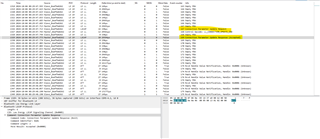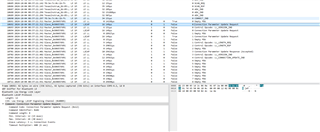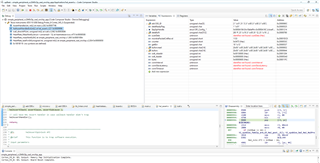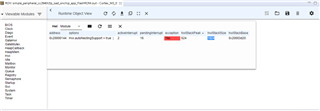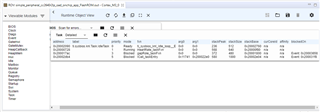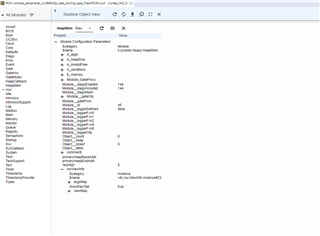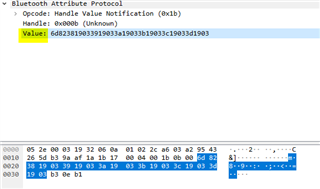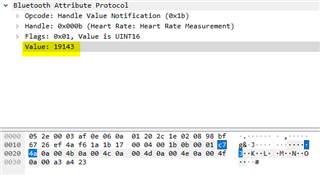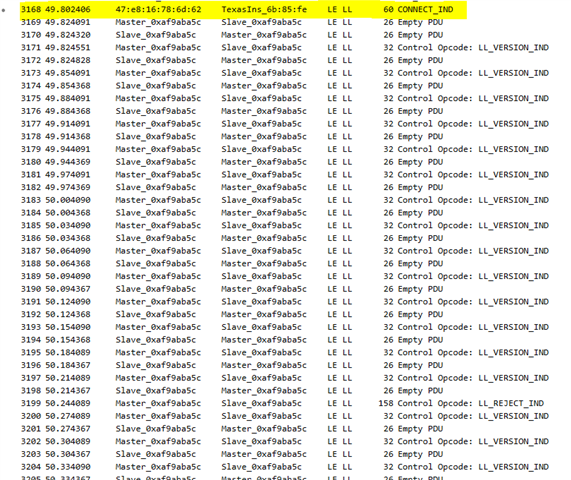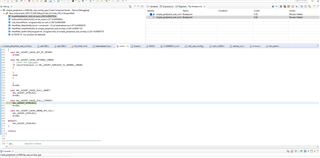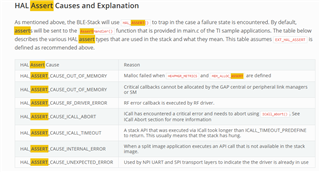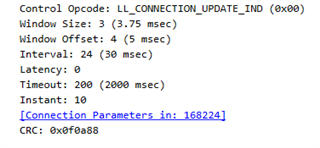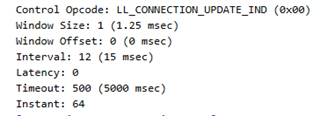Tool/software:
Hi Team,
I am facing an issue with dynamic connection parameter update request in iOS.
I am using simplelink_cc2640r2_sdk_5_30_00_03 sdk (BLE4.2). I use below configuration by default which works super fine.
#define DEFAULT_DESIRED_MIN_CONN_INTERVAL 60
#define DEFAULT_DESIRED_MAX_CONN_INTERVAL 108
#define DEFAULT_DESIRED_SLAVE_LATENCY 3
#define DEFAULT_DESIRED_CONN_TIMEOUT 600
Since my application requires live data transfer, sometimes I need to transfer data at faster rate. with below configuration parameters.
#define DEFAULT_DESIRED_MIN_CONN_INTERVAL 12 //15ms
#define DEFAULT_DESIRED_MAX_CONN_INTERVAL 24 //30ms
#define DEFAULT_DESIRED_SLAVE_LATENCY 3
#define DEFAULT_DESIRED_CONN_TIMEOUT 600
I am using GAP_UpdateLinkParamReq API for dynamically modify these parameters.
I made sure all these settings are inline with iOS design guidelines.
On Android everything works fine. But on iOS central ( iPhone 7 Plus), as soon as call this API, firmware hangs and the device goes into unresponsive mode. it needs a power on reset to make it alive.
Any idea what could be going wrong here?
Best
Lakshmi


